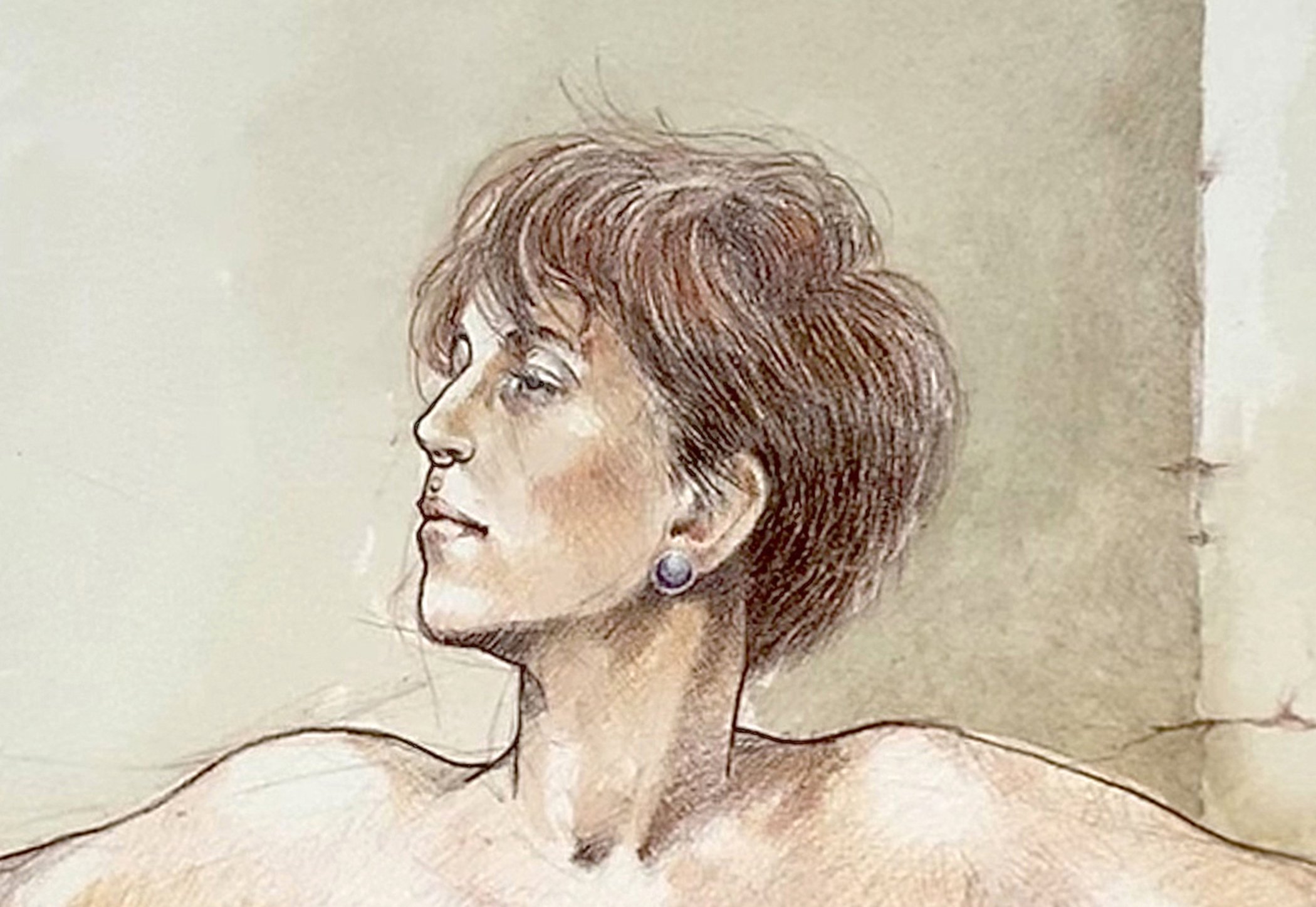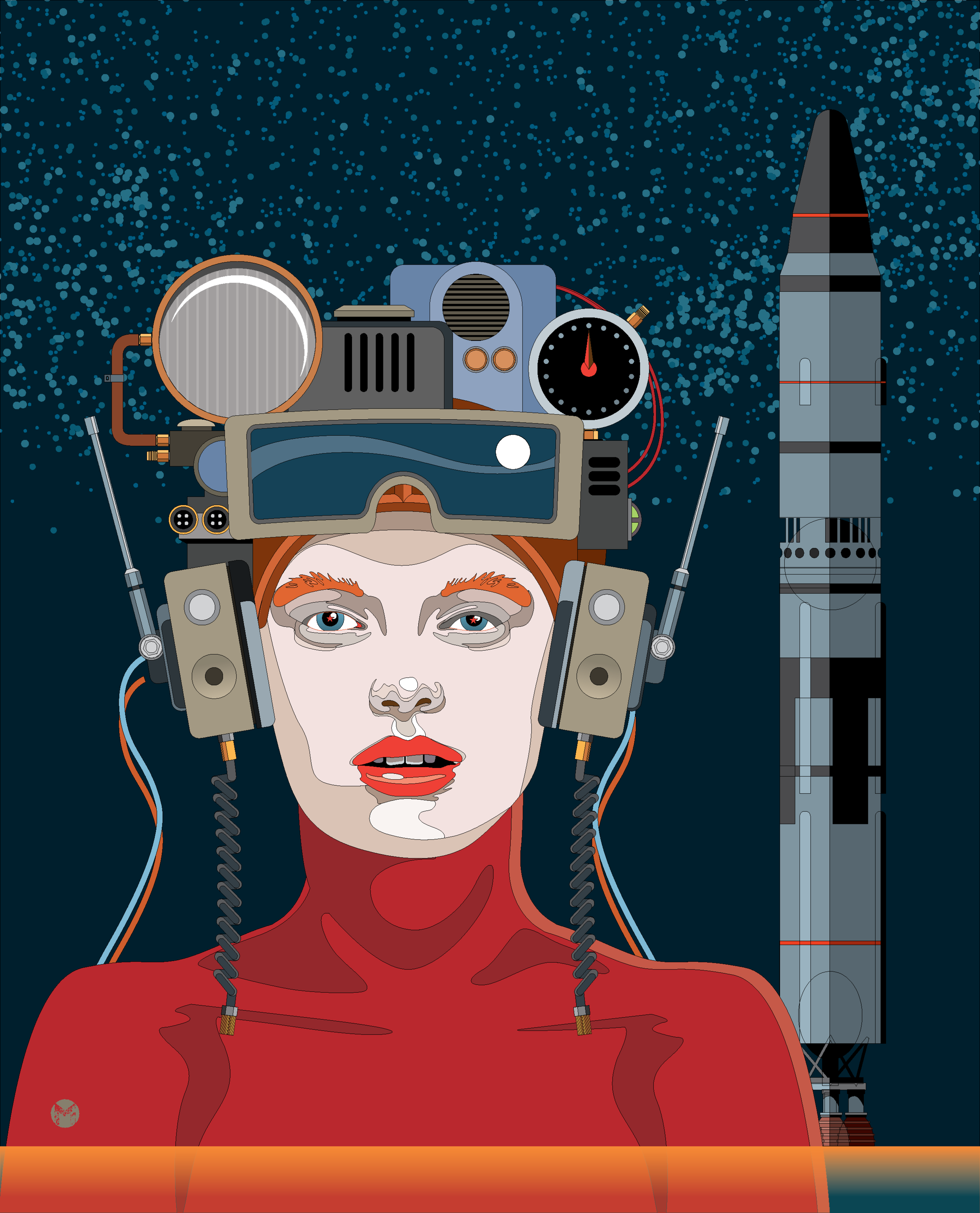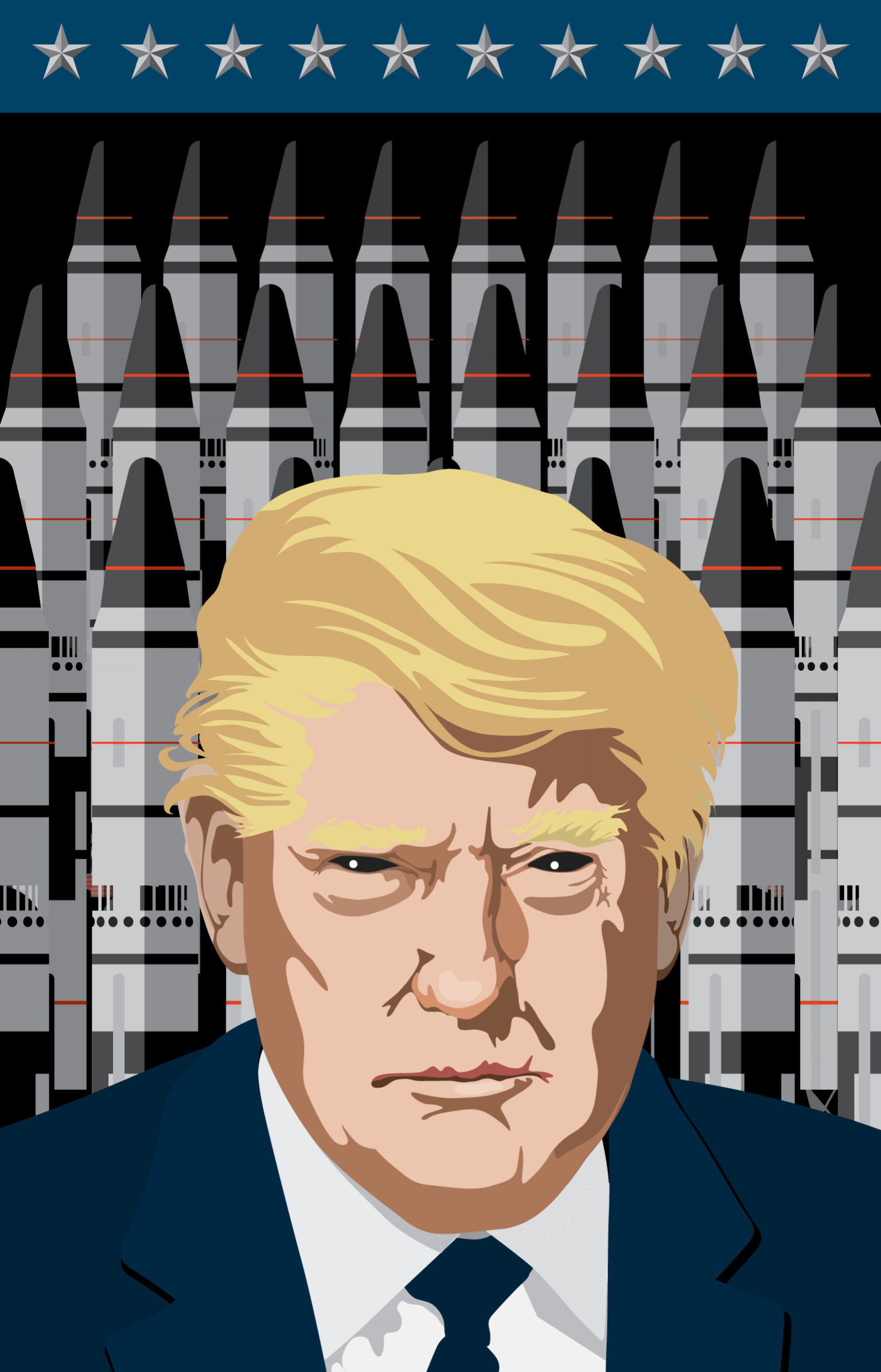WORKINGTOGETHER
I recently had the opportunity to work with a Charlottesville company to produce an illustration for the splash screen and subsequent screens within a new software product. We wanted to include a multi-faceted gem and a map compass. Other elements were added and subtracted along the way. I made several presentations. After each client review I revised the image to answer client concerns and try client suggestions. I always kept the goals of the project in mind as I worked. I also realize that sometimes you don’t “get it” right away and the work becomes more collaborative. These images are the final icons from which the client intends to choose one.











